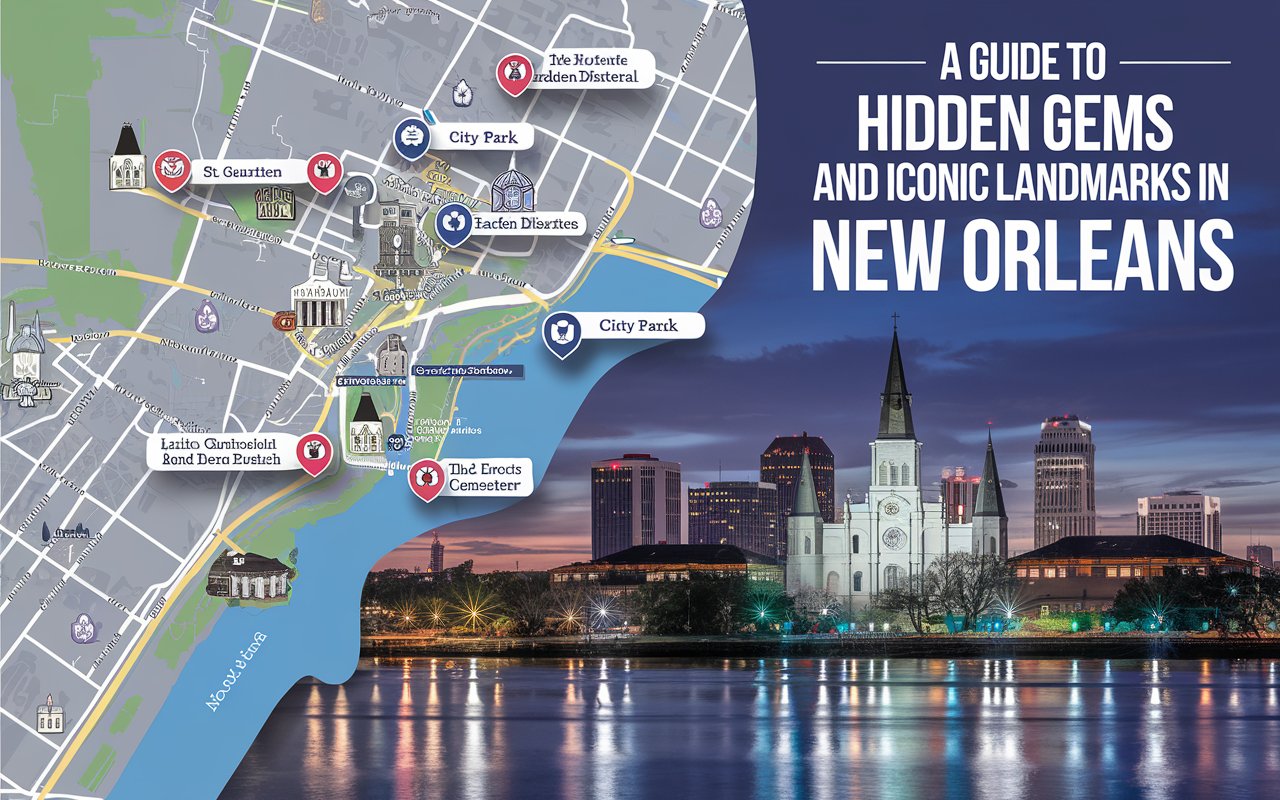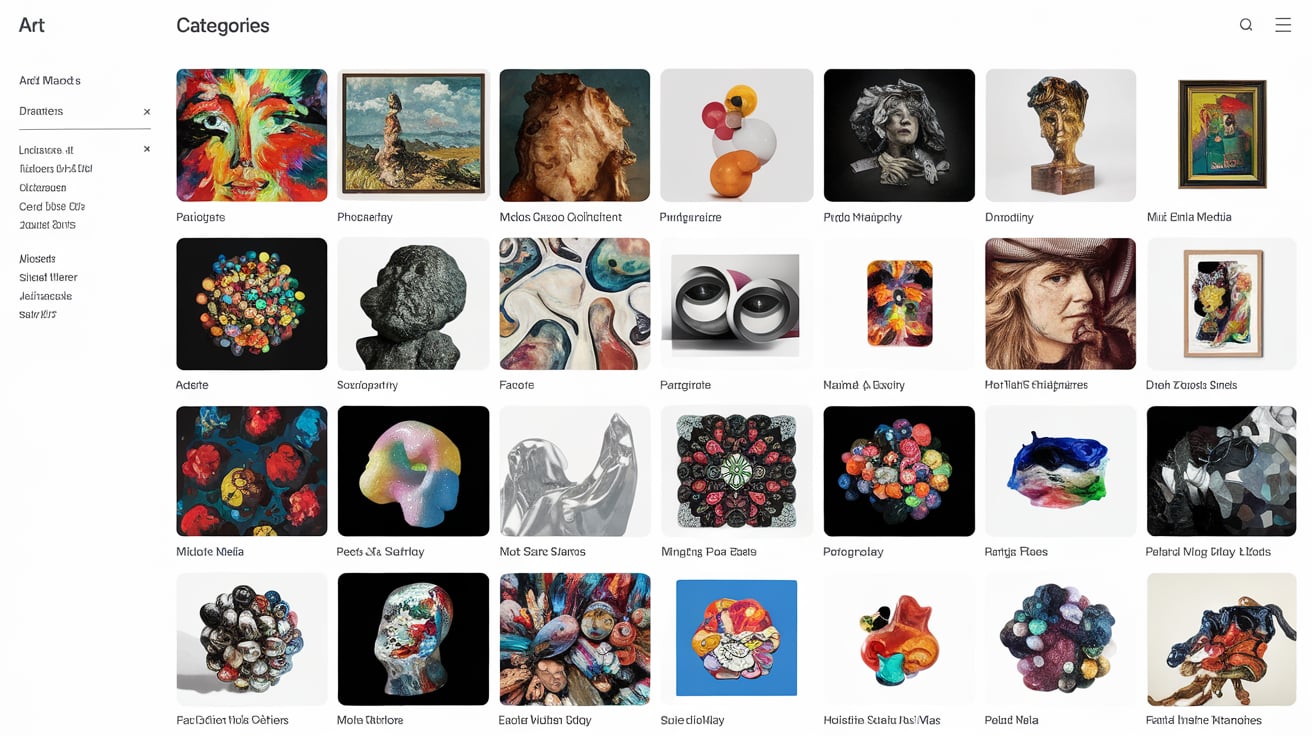New Orleans is one of America’s most vibrant cities, with a unique blend of French, Spanish, and Creole cultures. Whether you’re a local or visiting for the first time, understanding New Orleans’ layout can help you explore its historic neighborhoods, world-famous music spots, and culinary treasures. A map with precise details, such as map:ylvz3ql61g4= new orleans, can be an invaluable tool for experiencing this unique city in its entirety.
Using map:ylvz3ql61g4= new orleans will help you navigate through some of the city’s lesser-known areas, alongside popular attractions, to uncover everything New Orleans has to offer. This guide will dive into various neighborhoods, landmarks, and experiences that make New Orleans unforgettable.
Exploring New Orleans Through Map:ylvz3ql61g4= New Orleans
1. The French Quarter: History at Every Corner
The French Quarter is the heart of New Orleans, famous for its colorful buildings with cast-iron balconies, street musicians, and vibrant nightlife. This area is a blend of old-world charm and modern-day liveliness. A precise look at map:ylvz3ql61g4= new orleans will reveal must-visit spots such as Jackson Square, where artists display their work, and the iconic St. Louis Cathedral, the oldest cathedral in the United States. Be sure to venture beyond Bourbon Street to Royal Street, known for art galleries, antique shops, and jazz clubs.
2. The Garden District: A Look at Antebellum Architecture
The Garden District is known for its historic mansions, lush gardens, and southern charm. By exploring map:ylvz3ql61g4= new orleans, you can uncover the beautiful Lafayette Cemetery No. 1, one of New Orleans’ famous above-ground cemeteries, and Magazine Street, which is lined with boutiques, cafes, and art galleries.
3. Marigny and Bywater: Local Art and Music Scene
For a taste of New Orleans’ eclectic art and music culture, head to the Marigny and Bywater neighborhoods. Map:ylvz3ql61g4= new orleans will guide you to Frenchmen Street, a haven for live music and local artists, and Crescent Park, which offers beautiful views of the Mississippi River. This area is known for its creative vibe, with colorful street art, murals, and an abundance of live jazz and blues music venues.
Navigating New Orleans’ Iconic Streets Using Map:ylvz3ql61g4= New Orleans
The streets of New Orleans are as unique as the city itself, with each offering a distinct experience:
- Bourbon Street: Known worldwide, Bourbon Street is a bustling center of bars, music, and nightlife. While it’s famous for Mardi Gras, it’s lively year-round, featuring everything from street performers to jazz clubs.
- Royal Street: Adjacent to Bourbon, Royal Street offers a more laid-back vibe with art galleries, antique shops, and boutique stores. This street is ideal for day-time exploration and is a feast for art and history enthusiasts.
- Magazine Street: This lengthy avenue stretches from Uptown to the Garden District and is lined with a mixture of shops, restaurants, and galleries. It’s a local favorite, with unique shopping and dining experiences.
- St. Charles Avenue: Famous for its streetcar line and historic homes, St. Charles Avenue is the ideal street for a scenic ride through Uptown New Orleans, especially during Mardi Gras when the parade route follows this historic avenue.
Cultural Insights into New Orleans: Creole and Cajun Roots
Understanding New Orleans culture means recognizing its Creole and Cajun influences. The city’s cuisine, language, and music all reflect these unique roots:
- Creole Cuisine: Known for rich flavors, Creole cuisine is an intricate blend of French, Spanish, and African culinary techniques. Dishes like gumbo, jambalaya, and crawfish étouffée can be found at iconic spots like Commander’s Palace and Dooky Chase’s.
- Cajun Food: Differing slightly from Creole, Cajun food is known for its rustic, hearty flavors, influenced by French-speaking Acadian exiles. Try Cajun classics like boudin and alligator sausage at eateries across the city.
- Jazz and Blues: The birthplace of jazz, New Orleans’ streets are filled with music, from the soulful tunes on Frenchmen Street to jazz festivals throughout the year. The music reflects a blend of cultural influences and has been a defining feature of the city’s identity.
New Orleans Landmarks to Discover on Map:ylvz3ql61g4= New Orleans
New Orleans is home to historical sites and cultural landmarks that offer a deeper understanding of the city’s past:
- Jackson Square: Located in the French Quarter, Jackson Square is surrounded by significant landmarks like the St. Louis Cathedral, the Presbytère, and the Cabildo, now museums rich in local history.
- The National WWII Museum: This museum is one of the top attractions in New Orleans, offering extensive exhibits on America’s role in WWII.
- The Cabildo: A historical building adjacent to the St. Louis Cathedral, The Cabildo is part of the Louisiana State Museum and offers exhibits on the state’s history, including artifacts from the Battle of New Orleans.
- Lafayette Cemetery No. 1: Located in the Garden District, this cemetery is one of the city’s famous above-ground burial sites and a popular spot for guided tours exploring New Orleans’ unique burial traditions.
FAQs
1. What is the significance of map:ylvz3ql61g4= new orleans?
This map reference provides a digital guide to New Orleans’ key locations, neighborhoods, and attractions, helping visitors plan their trip efficiently.
2. Where can I find the best jazz music in New Orleans?
Frenchmen Street in the Marigny neighborhood is renowned for live jazz, with numerous clubs like The Spotted Cat and Blue Nile offering authentic performances.
3. What are must-visit historic neighborhoods in New Orleans?
The French Quarter, Garden District, and Marigny offer the best glimpses into the city’s history, architecture, and culture.
4. Is New Orleans family-friendly?
Yes, with attractions like the Audubon Zoo, City Park, and the National WWII Museum, there are activities for all ages.
5. What’s the best way to navigate New Orleans?
Walking, streetcars, and using map:ylvz3ql61g4= new orleans for easy navigation are popular ways to get around.
6. When is the best time to visit New Orleans?
Spring and fall offer pleasant weather, with major events like Mardi Gras in February or early March.
7. What local foods should I try in New Orleans?
Beignets, gumbo, po’ boys, and jambalaya are essential dishes to try for a taste of New Orleans’ diverse culinary heritage.
8. How safe is New Orleans for tourists?
Like any major city, certain areas require caution, especially at night. Stick to well-traveled areas and follow local advice for a safe visit.
9. Can I explore New Orleans on foot?
Yes, much of New Orleans, especially the French Quarter, is pedestrian-friendly. Using the map:ylvz3ql61g4= new orleans can help identify walkable areas.
10. Are there any unique experiences in New Orleans?
Beyond the popular attractions, visitors can try swamp tours, haunted history walks, and streetcar rides for a unique New Orleans experience.
Conclusion
map= new orleans opens up a world of exploration and discovery. Each neighborhood, from the lively French Quarter to the charming Garden District, offers unique experiences and rich history. The city’s diverse cultural influences enhance its vibrant music and culinary scenes, making every visit memorable.Using this map allows you to uncover hidden gems and iconic landmarks alike, ensuring you don’t miss out on anything New Orleans has to offer. Embrace the adventure of live jazz, delicious food, and historic sites. With a little guidance, you can fully immerse yourself in the magic of New Orleans. Let the journey begin, and enjoy every moment in this extraordinary city!



